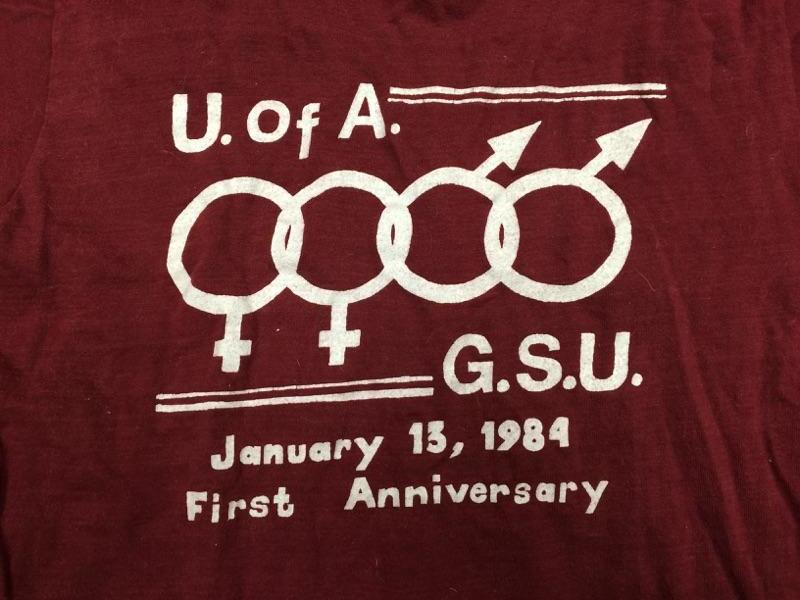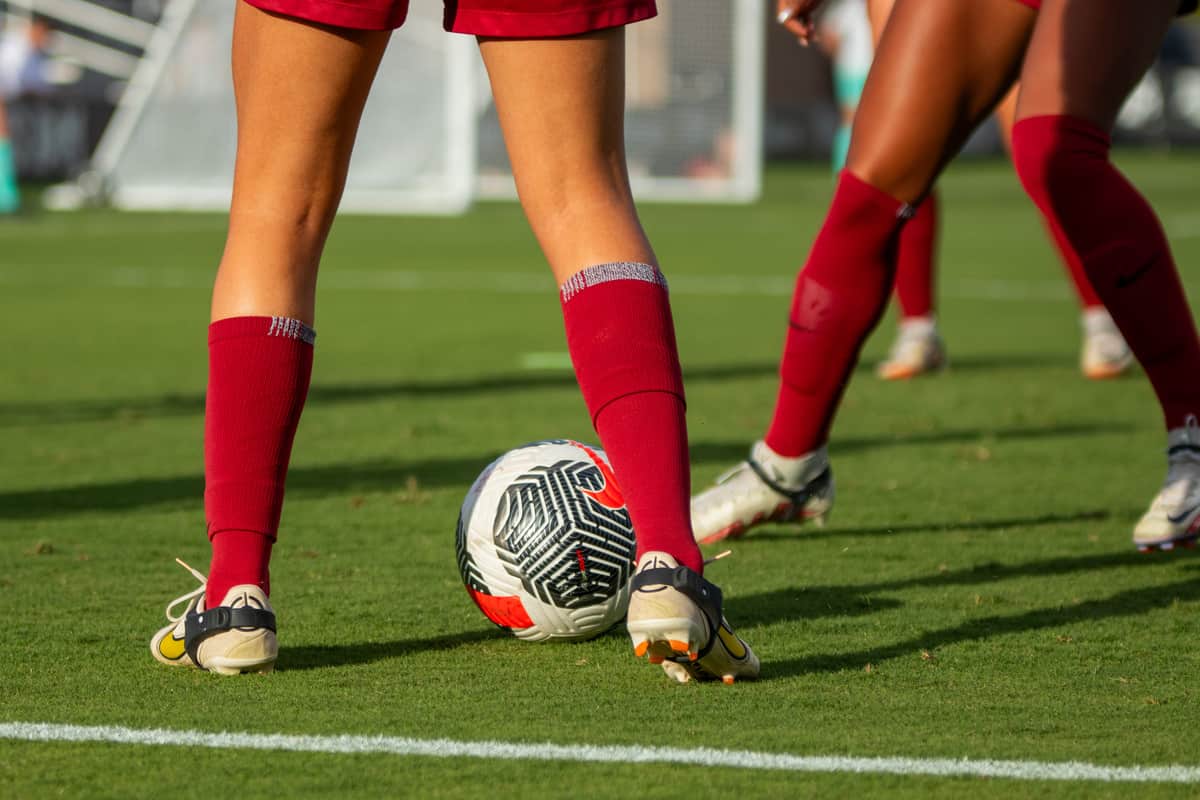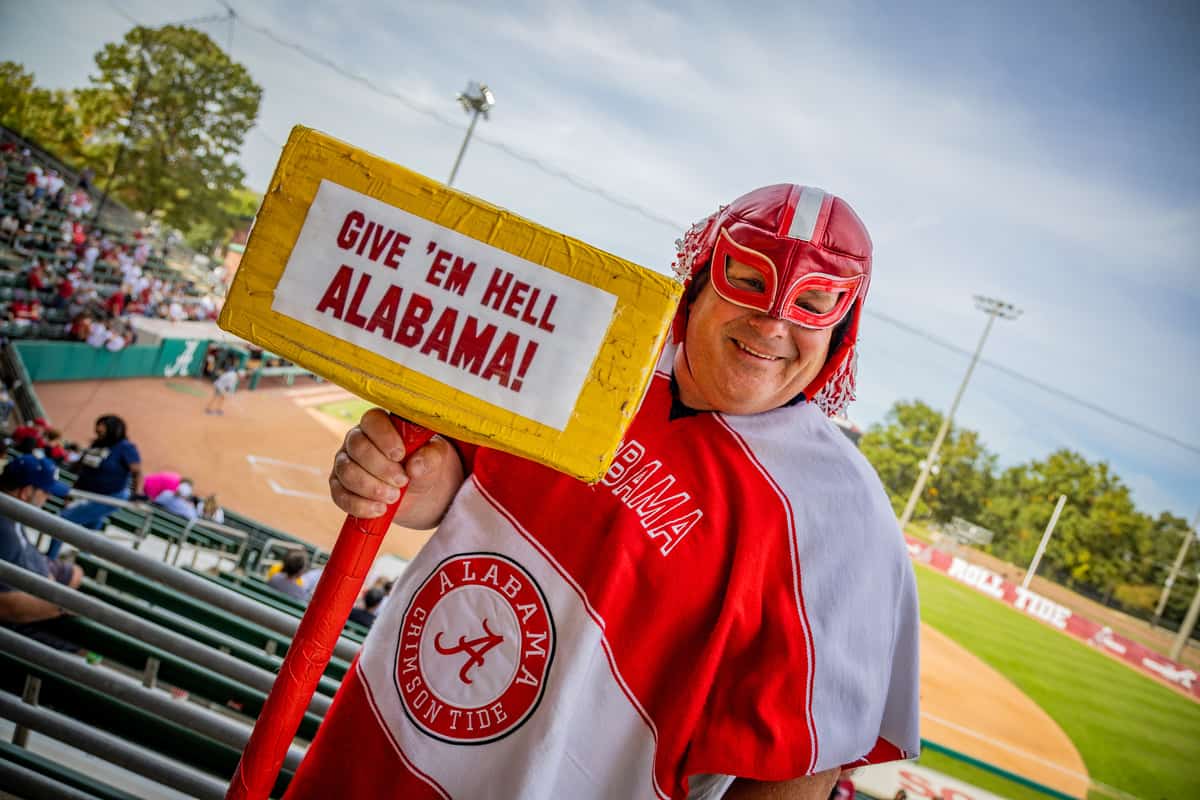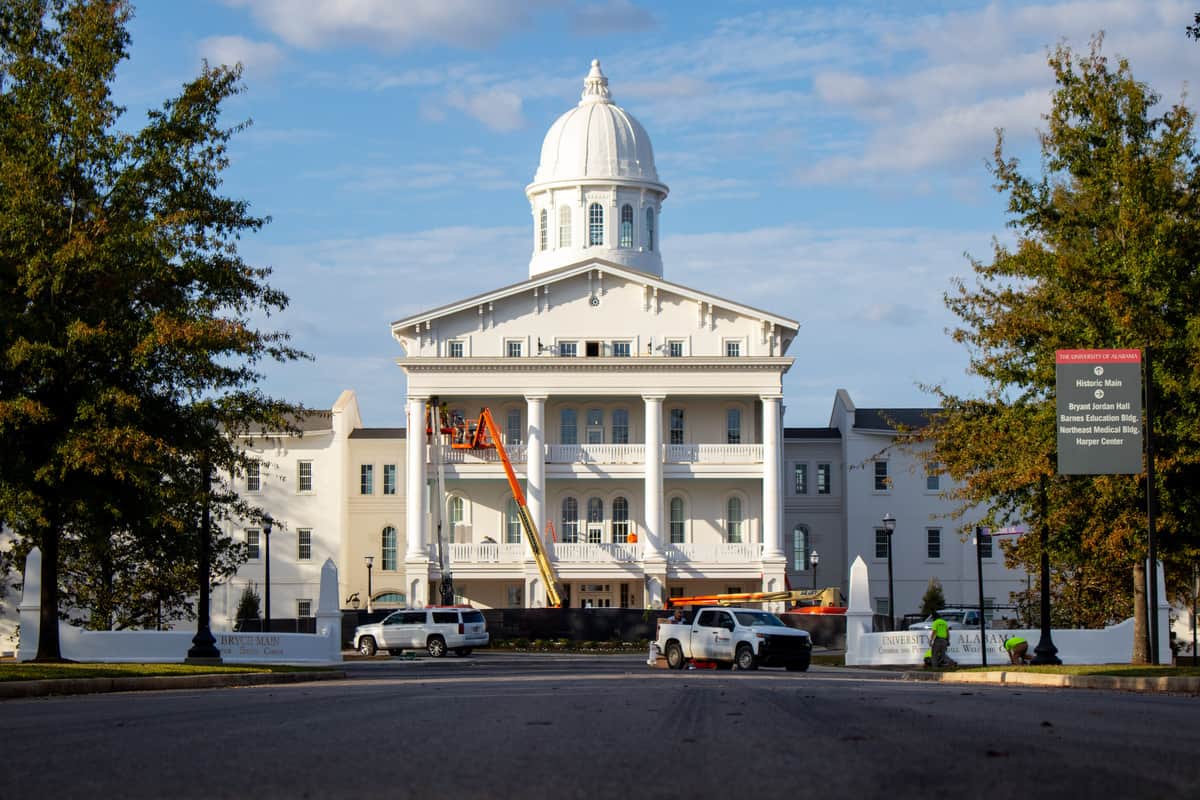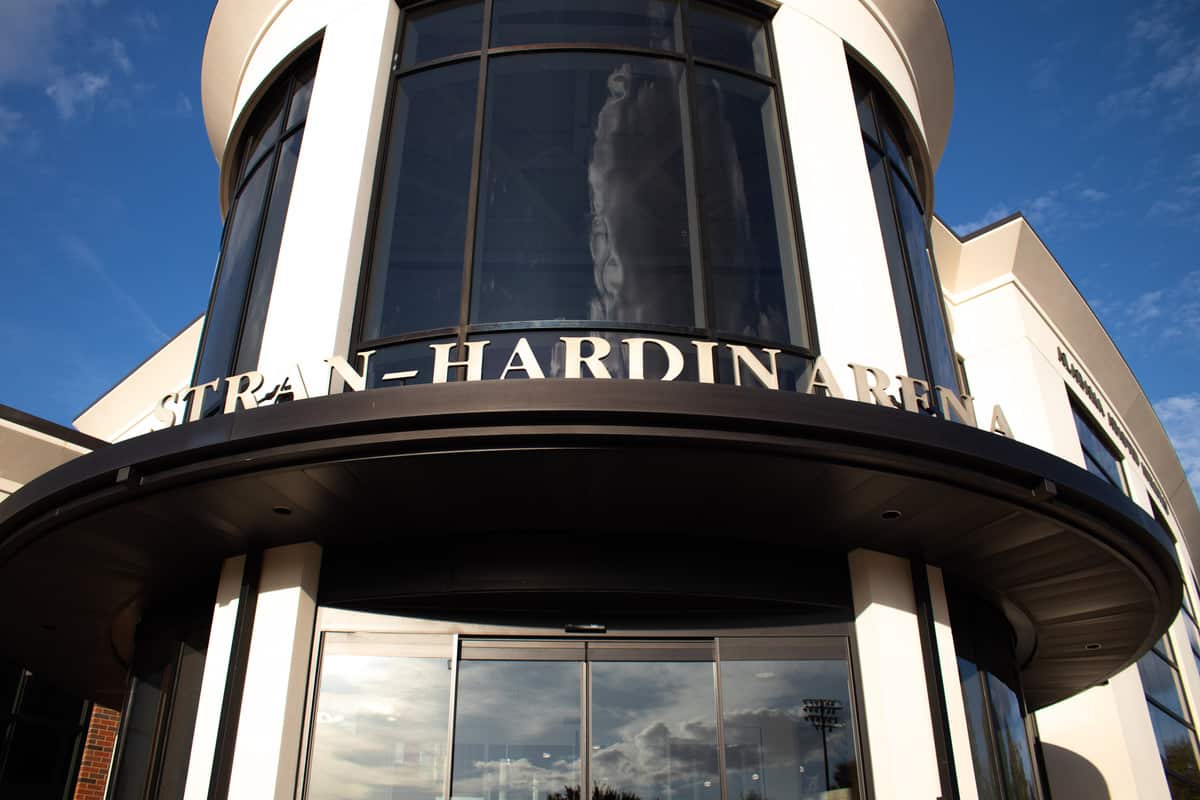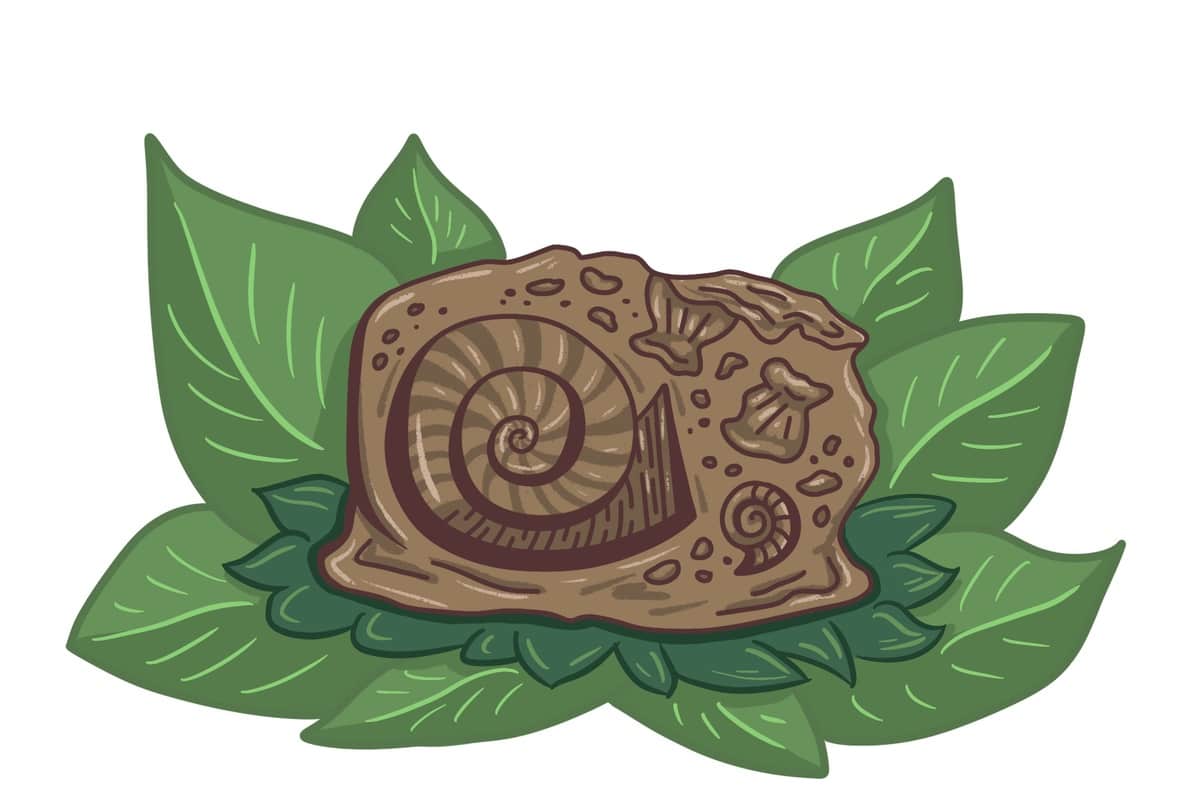On June 12, 1973, a group of 30 students and members of The University of Alabama community came together for the first time to create a “solid, visible gay community.”
The organization, GAZE, highlighted its first meeting in The Queen City Sometimes, a publication that debuted June 28, 1973, the fourth anniversary of the Stonewall Riots. It also included the personal accounts of Lynn Johnson and Ed Wallace, who shared their personal experiences in their sexuality to provide recipients of the newsletter an essence of relatability in hopes of continuing growth in the organization.
According to an April 1983 news article by Jack Wheat of the Tuscaloosa News, “the purpose of the group was to debunk myths about homosexuality and to provide a support group.”
Forty years later, GAZE is now named the Queer Student Association and the organization has one clear goal in mind: to create a more inclusive campus for LGBTQ+ students.
“The reason for our name change is to promote inclusivity and to give a little more direction into the organization,” said Sean Atchison, the president of the Queer Student Association. “QSA has always been about two words: connection and action. We pair those two pretty well as we reach our 40-year anniversary.”
In its early days, the organization struggled to earn formal recognition by the University. This lasted until Sept. 6, 1983, when The University of Alabama formally recognized the Gay Student Union, making it the first official LGBTQ+ student group in the state.
Young Americans for Freedom, a conservative student group at the University, petitioned protesting the recognition of the GSU in 1983, saying that such behavior would encourage the violation of Alabama state laws.
Amid the petition and YAF’s threats of a lawsuit, the GSU and other gay communities across the country were also responding to conversations about the AIDS epidemic.
These efforts to combat the epidemic extended far past campus into local organizations such as West Alabama AIDS Outreach, which eventually became Horizons Health Services.
“When West Alabama AIDS Outreach was born, that is local people that are organizing to support local HIV positive people… They’re all local people, most of them not medical professionals, just concerned friends and lovers and sisters and brothers,” said Joshua Burford, archivist and director of outreach for the Invisible Histories Project, a nonprofit organization that documents Southern LGBTQ+ history.
In the ’90s, West Alabama AIDS Outreach began publishing a newsletter called The Ankh that was focused on, in Burford’s words, getting “as much relevant, correct information out to the public as they could.”
This type of community support allowed the GSU to grow into a larger role on campus and in the local area.
“At age 72, I have done a lot of looking back,” David Miller, the GSU’s first faculty adviser, said. “But my involvement with GSU is a memory I cherish and take pride in. It just took the country a few decades to catch up.”
The University’s LGBTQ+ student organization has presently seen a total of eight name changes since 1983. These name changes have followed a constant evolution of efforts to include LGBTQ+ identities.
The GSU was renamed Gay/Lesbian Support Services on Feb. 10, 1985, by group decision including David van der Griff, the active president of the organization.
“Obviously, GSU did not say ‘lesbian,’ so some women didn’t think it was an accurate name,” van der Griff said. “Also, members felt we were more than a student organization. We provided support and services. Hence, the name G/LSS.”
The organization, since then, has changed its name six more times, responding “to what the needs of the students [were] at that time,” Burford said.
In 1999, the student organization, which by that time was using the name the Gay Lesbian Bisexual Alliance, updated its name again to recognize transgender members.
“The evolution of the organization’s name is a representation of reclaiming the language that has been used against us,” Eli Strong, an alumnus of the University, said. “As an alumni, a former member and a trans man, I am constantly proud and impressed by how each generation of queer students at UA have carried forward the torch of what the previous generations started.”
In 2002, Strong, along with Amanda Schuber, started the program that would eventually become UA Safe Zone, which promotes awareness of issues impacting LGBTQ+ people.
In 2014, the University opened the Safe Zone Resource Center in the Student Center, which is now accompanied by the Safe Zone Lounge.
Of course, a single group has never been able to fully represent every LGBTQ+ student on campus, as evidenced by decades of evolution and change.
“It’s hard to encapsulate an entire community of people this diverse under one name,” Burford said.
As part of the Invisible Histories Project, Burford also helps run Queer History South, which is a network of approximately 800 people working in 13 states to collect and preserve queer Southern history.
“In the field of queer history, communities in the South are underrepresented. People don’t think we have queer history in the South and so they ignore us,” Burford said. “People focus on places like New York or San Francisco that supposedly hold bigger communities. But if people actually want to know what was going on, we have to build the collections.”
According to the Queer Alabama History website, John M. Giggie, director of the Summersell Center for the Study of the South, led a student group in the first research seminar in queer history offered by The University of Alabama.
“A lot of people don’t remember the past,” said Russell Howard, the president of the University of Alabama LGBTQ Alumni Association. “This is an educational process, and it’s slowly getting better because of the people who came before us.”
Although Howard wasn’t involved with the LGBTQ+ student organization during his time as a UA student, he still wanted to “find a way to leave this place a little bit better for the ones who come after.”
Sure enough, the LGBTQ+ students that came to the University after Howard continued to make his dream of a more inclusive campus a reality.
The organization continues to hold annual events such as Shantay, UA and the State of the Queer Union.
To many, the preservation of queer history is essential to combating stereotypes, misconceptions and misinformation.
“We’re building collections so that our community can have something that it’s never had, which is the physical record of who we have been and what we’ve done, accomplished, lost and gained,” Burford said. “To queer people, it is a necessity.”

